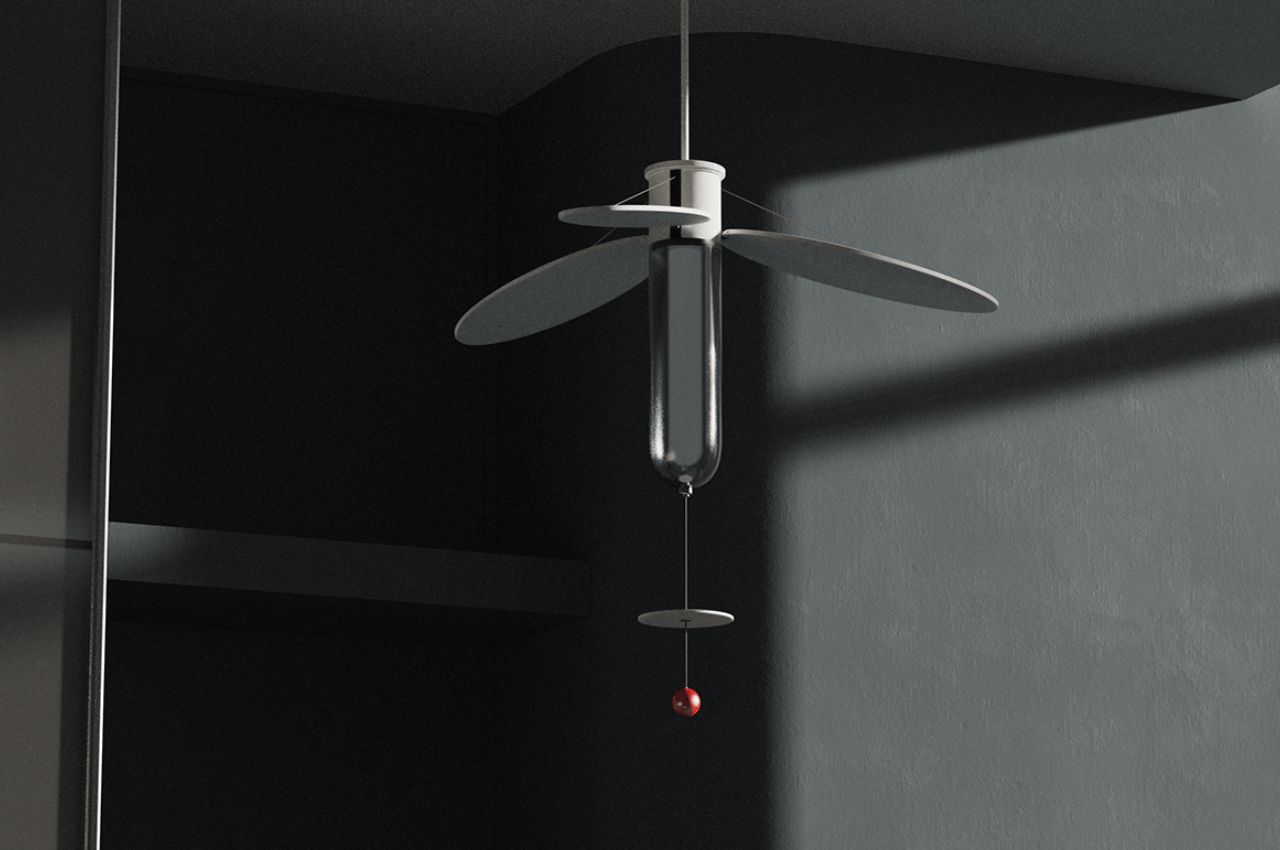
Space, with its vastness and complexity, has always captivated the human imagination. Our solar system, a celestial ballet of planets and stars, has inspired various aspects of human life and design, from ancient sundials to modern-day innovations. The COSMOOVAL lamp series is a testament to this inspiration, drawing on the phenomenal interconnectivity of our solar system to create a collection of lamps that not only illuminate spaces but also tell a cosmic story.
Designer: LFD Official – Seohyun Nam, Nam Woo Kim, Doyoon Kim
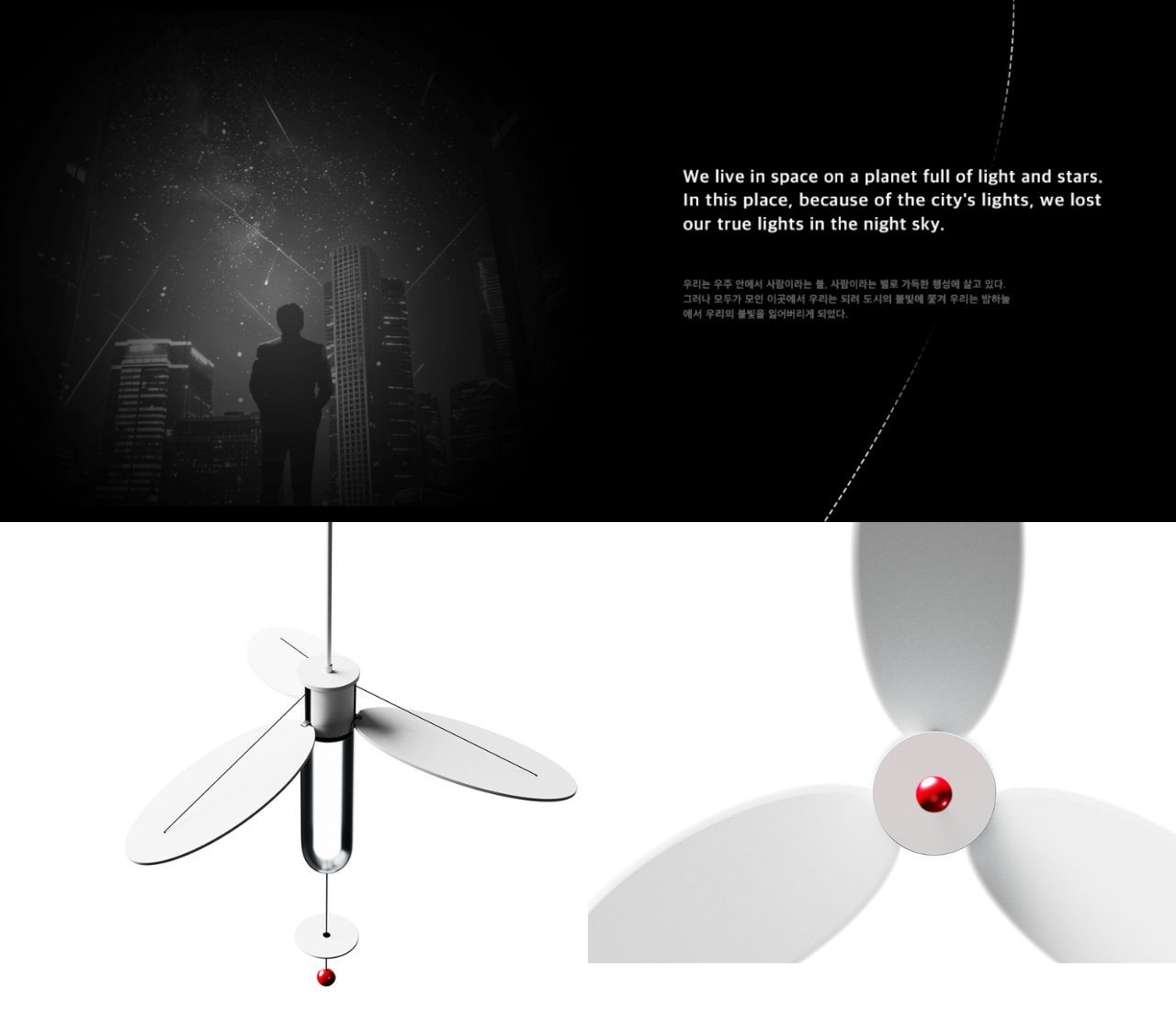
The designers of Cosmooval drew inspiration from the celestial bodies in our solar system, considering the way they influence our planet and the intricate dance of light and shadow they create. The lamp series incorporates key elements such as expandability, limitation, transparency, and immateriality to bring the essence of space into our living environments.

The design process began with the creation of a mood board, reflecting the tension and spatial dynamics of the universe. Simple basic figures, inspired by solar and lunar eclipses, shooting stars, and planetary movements, were arranged to evoke the mood of the cosmos. A clay mockup emphasized stability through the use of circles and triangles, laying the foundation for the lamp series’ structural elements.
Several idea sketches were explored, with the initial focus on a triangular structure within three circles. As the design evolved, proportions, details, and interactions were refined in subsequent sketches. The final design selected a form that considered materials, structure, and user interaction, resulting in three distinct types of lamps within the Cosmooval series.
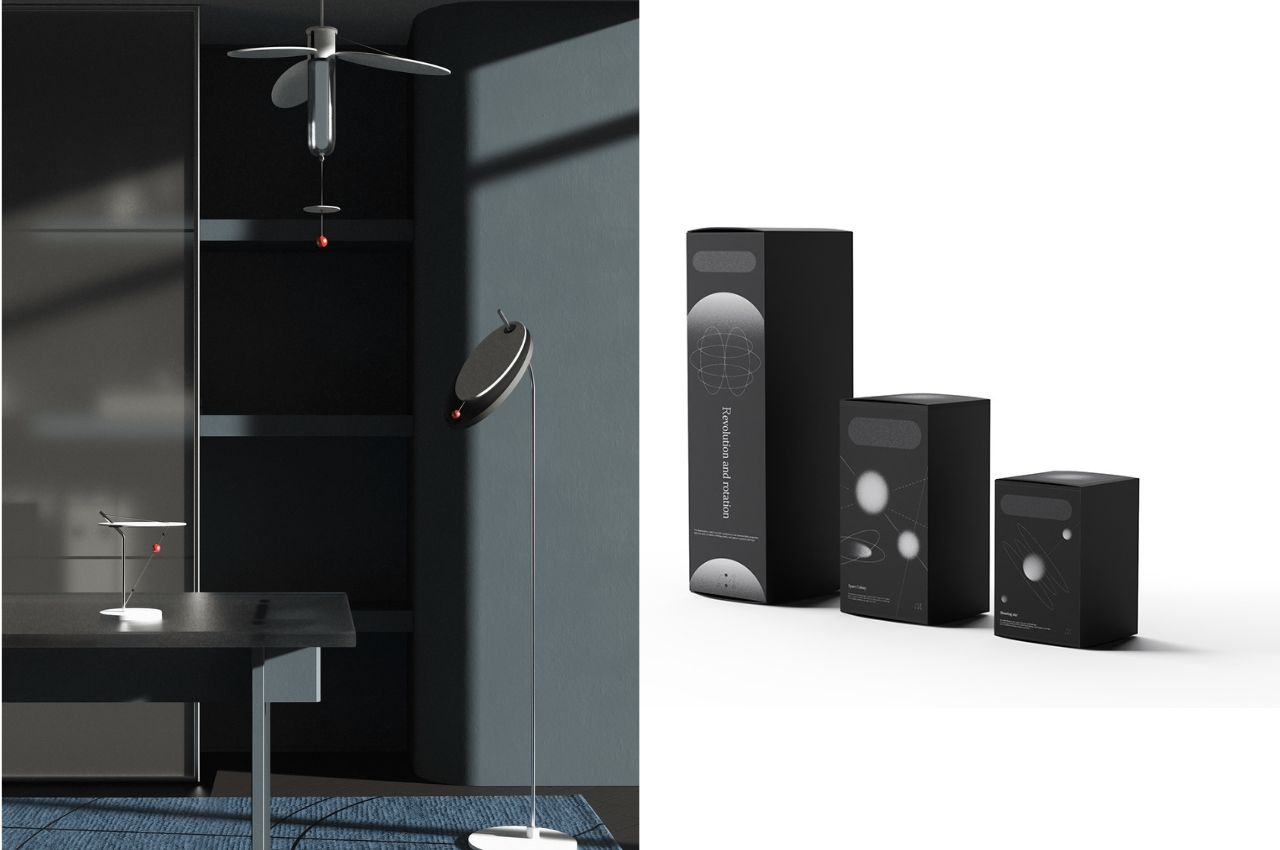
Each lamp in the series offers a unique interaction with light, adding to the overall cosmic experience. The ceiling lamp, representing expandability, spreads light by adjusting the angle of an oval disk. The table lamp, embodying limitation, controls light brightness through the movement of a red sphere, mimicking the motion of a shooting star. The floor lamp, combining transparency and immateriality, simulates orbiting planets and solar eclipses, changing light intensity as the red sphere is manipulated.
Cosmooval, derived from the fusion of “Cosmo” (space) and “Oval” (ellipse), is more than just a lighting solution; it is an artistic representation of the cosmos. The series serves as a visual metaphor for planets, satellites, and shooting stars, moving in harmony with their orbits.
The ceiling lamp symbolizes the expansiveness of space, spreading light with three ovals arranged in a stable manner. By pulling the red sphere attached to a string, users can open and close the ovals, controlling the brightness and essential light in their space.

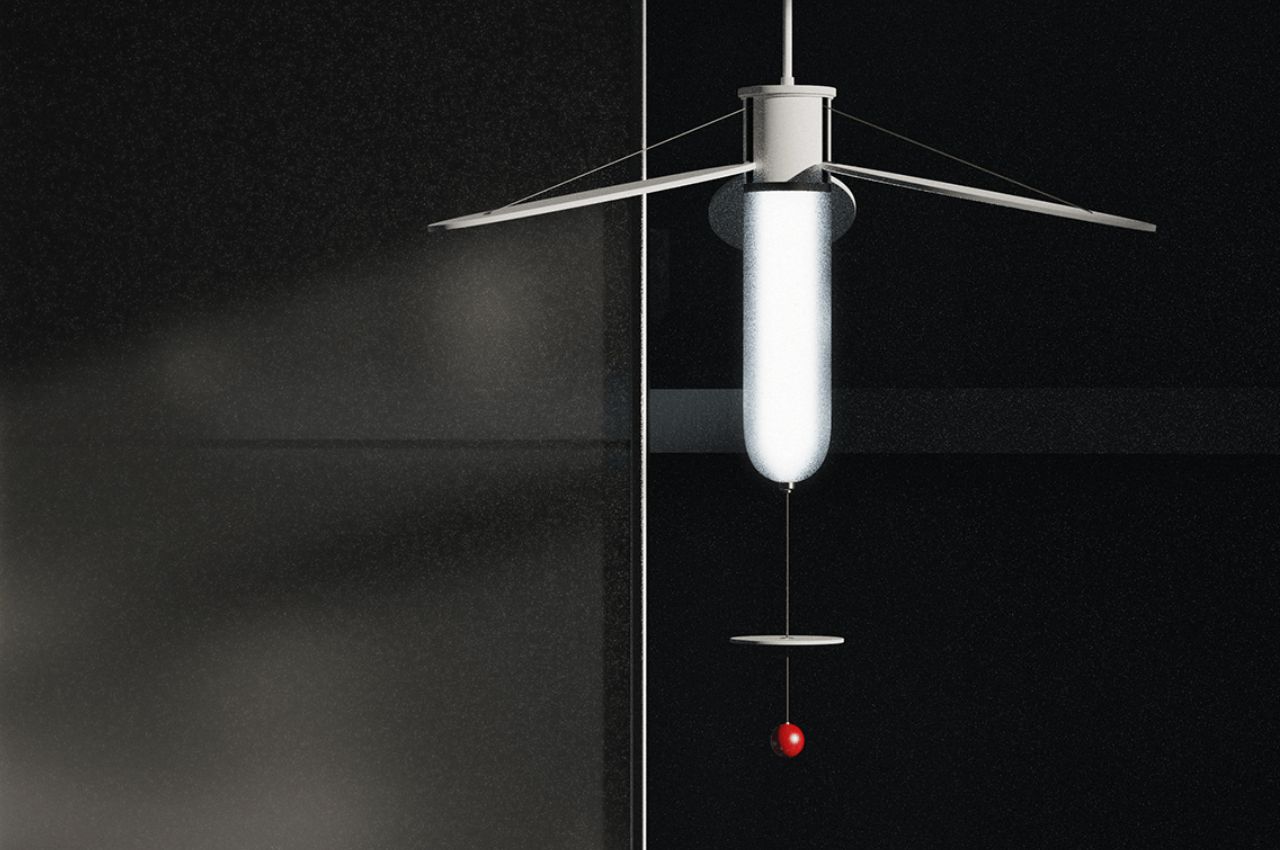
In the table lamp, a triangular structure controls the concentrated light source. Moving the red sphere along a diagonal line mimics the motion of a shooting star, allowing users to experience the fleeting brightness associated with celestial phenomena.

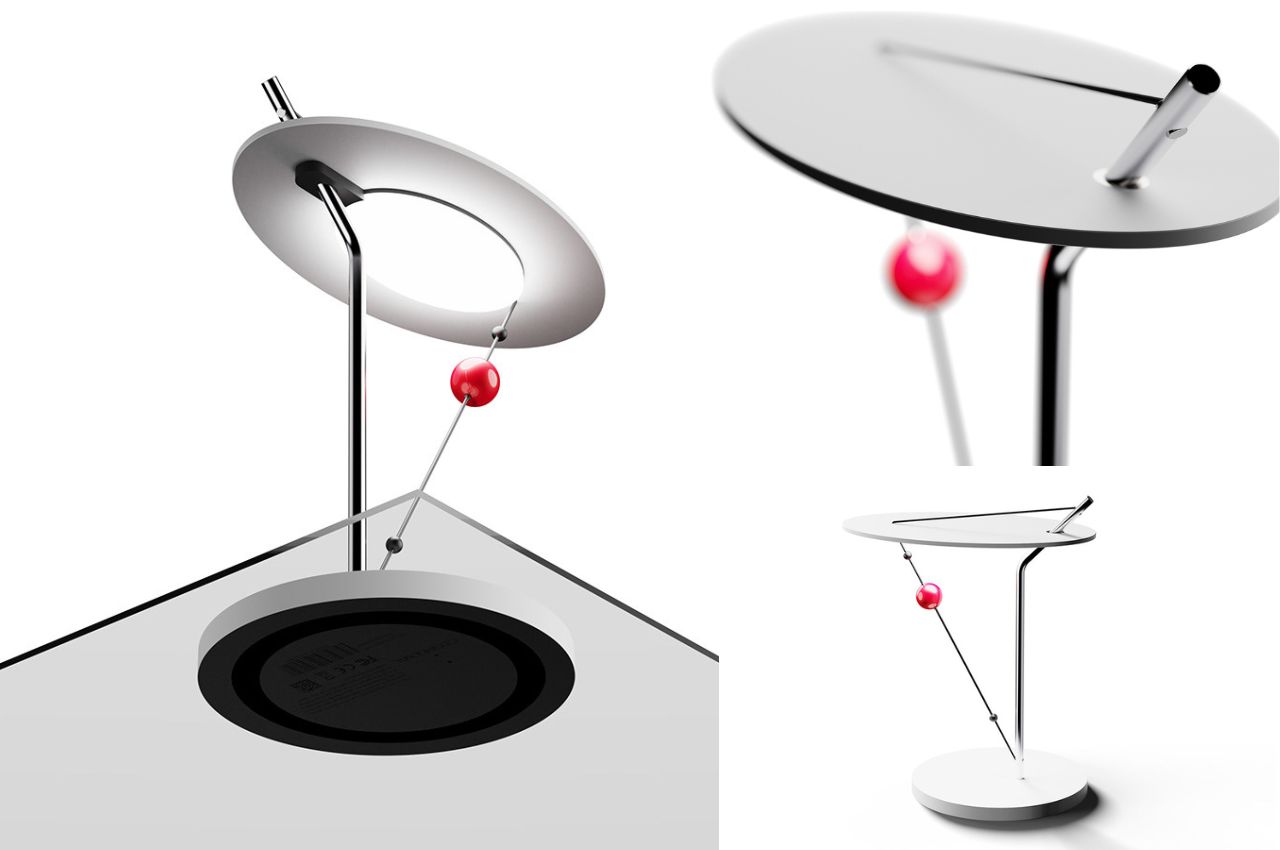
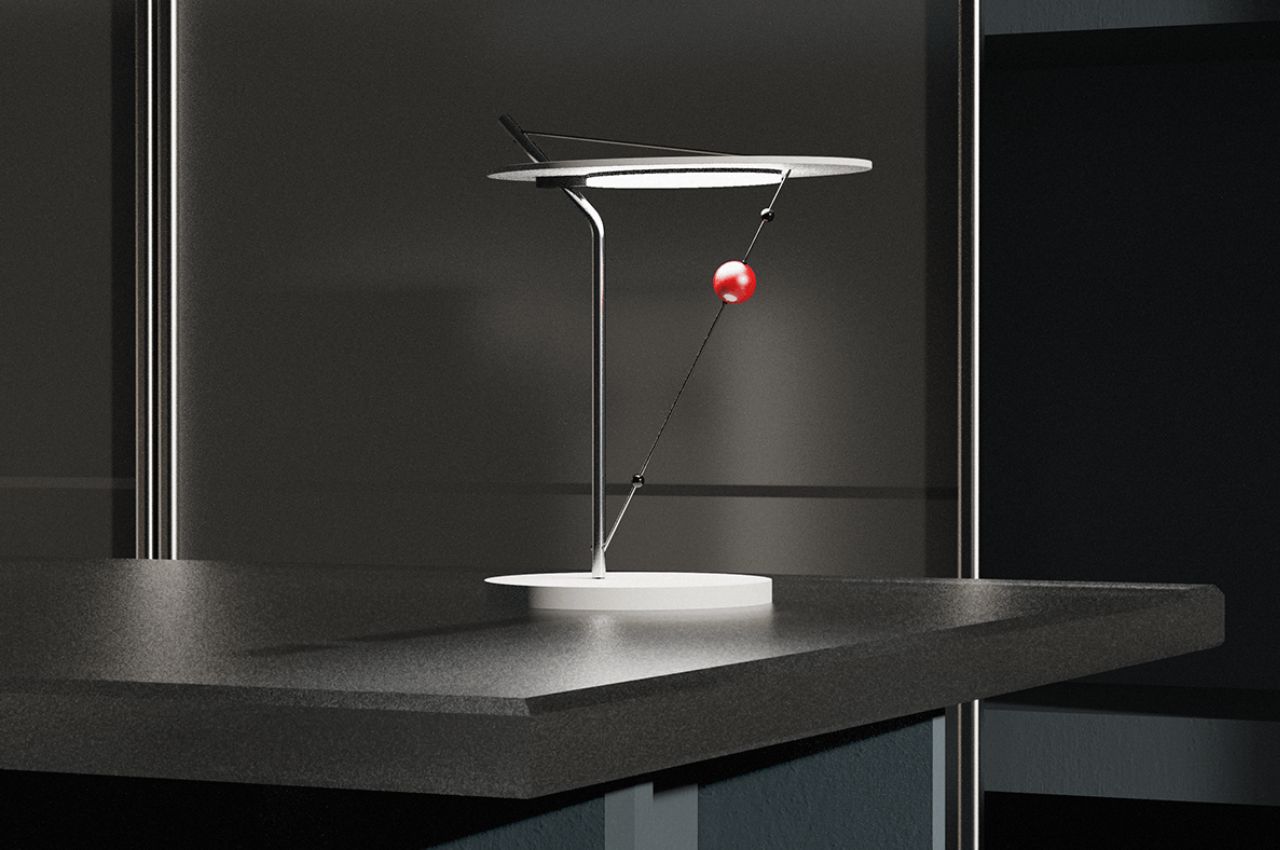
The floor lamp embodies transparency and immateriality, recreating the orbits of planets and solar eclipses. Pushing the red sphere sideways changes the shape and intensity of light, providing a dynamic representation of the passage of time and celestial revolutions.
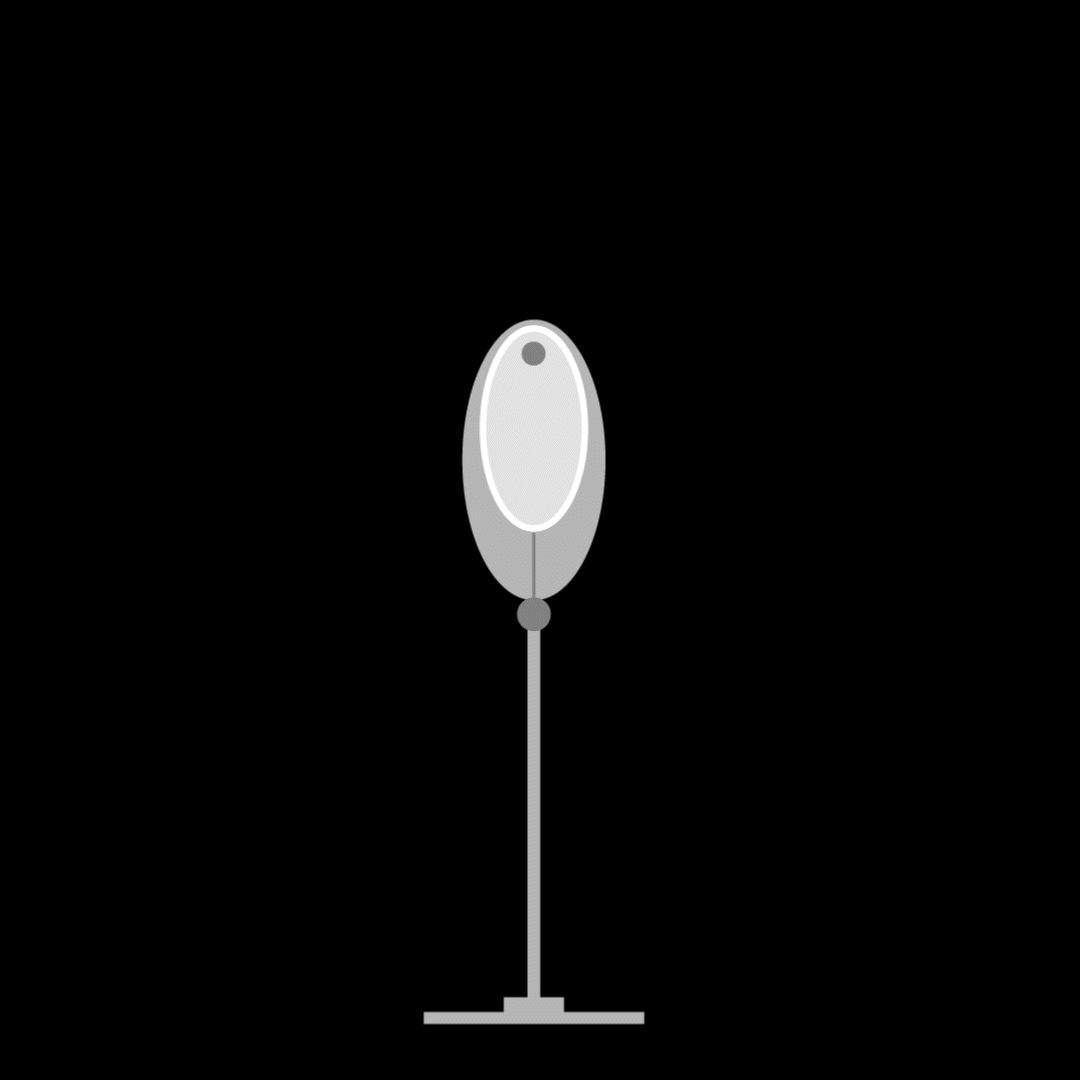
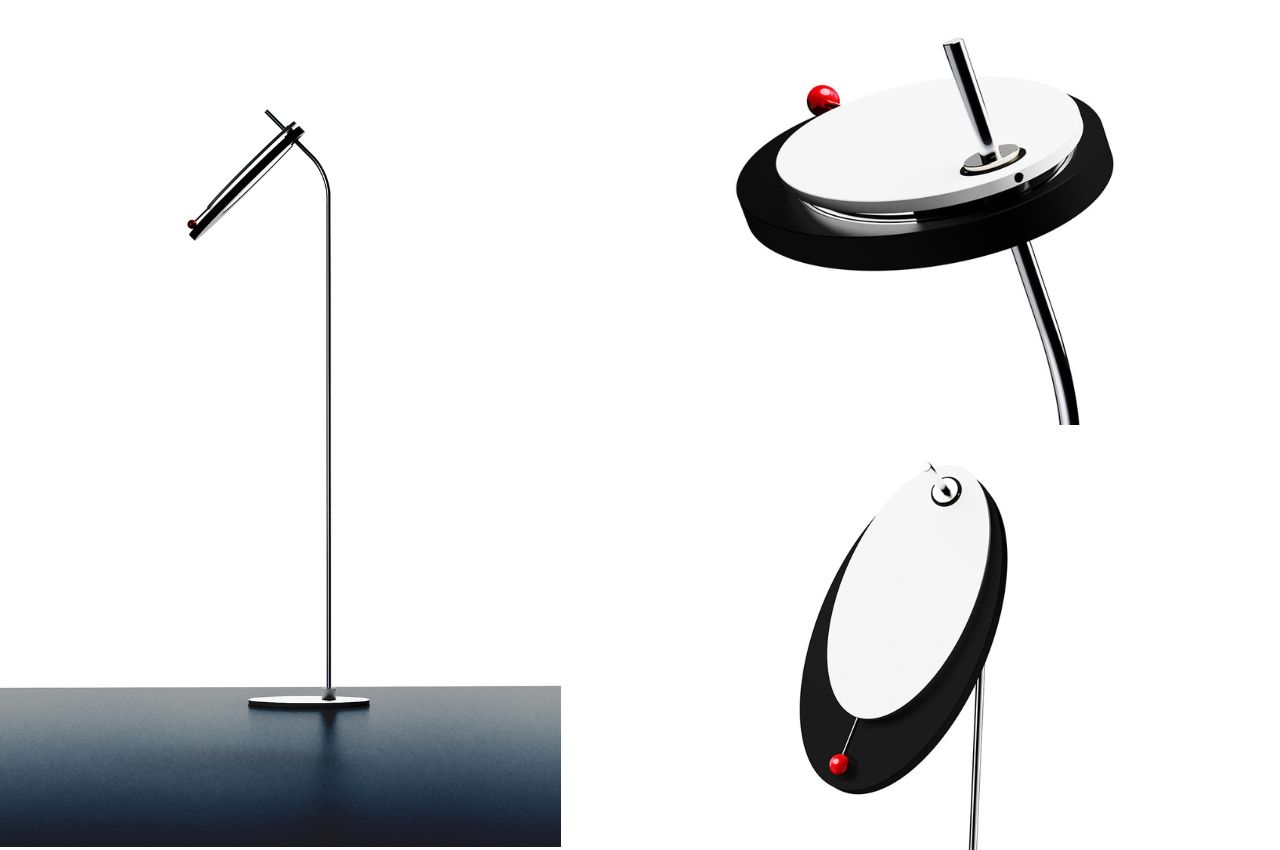
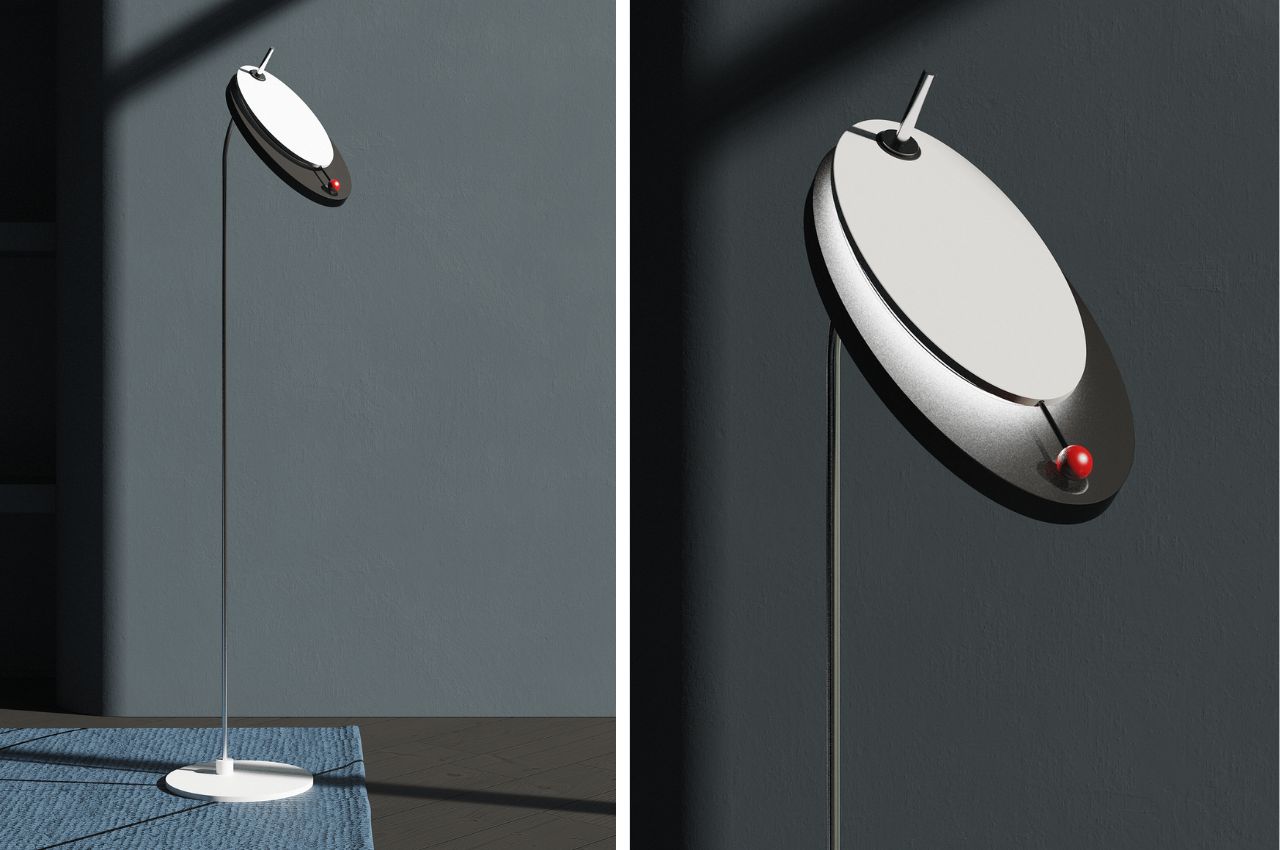
The Cosmooval lamp series transcends conventional lighting, offering users an immersive experience that connects them to the wonders of our solar system. Through innovative design and thoughtful interaction, these lamps bring the cosmos into our living spaces, reminding us of the beauty and complexity of the universe that surrounds us.
The post An Interactive Lamp Series That Brings The Cosmic Moments Into Interiors first appeared on Yanko Design.









